Breeding methods and precautions for bamboo begonias
Last Update :2024.05.12
Article Catalog
3. Problem diagnosis and treatment
Substrate: Bamboo Begonia grows best in soil with strong air permeability, good drainage and acidic soil. Temperature: Its optimal growth temperature is 19℃-23℃. If the temperature is too low or too high, it will grow slowly. Moisture: A lot of water is needed during the growth period, and less water is needed at other times. Just keep the soil moist. Light: It likes to grow in a place with scattered sunlight, not too much or too little sunlight.

1. Maintenance methods
1. Maintenance methods
1. Substrate selection: Bamboo begonias are suitable for growing in loose, well-drained soil, and can also be planted in acidic soil.
2. Temperature management: It is suitable for growing in a warm environment, and the optimal growth temperature is 19℃-23℃. It can still survive at temperatures between 0°C and 2°C, but temperatures below 2°C are not conducive to growth. It is resistant to high temperatures and can grow at temperatures above 29°C, but the growth will be slower.
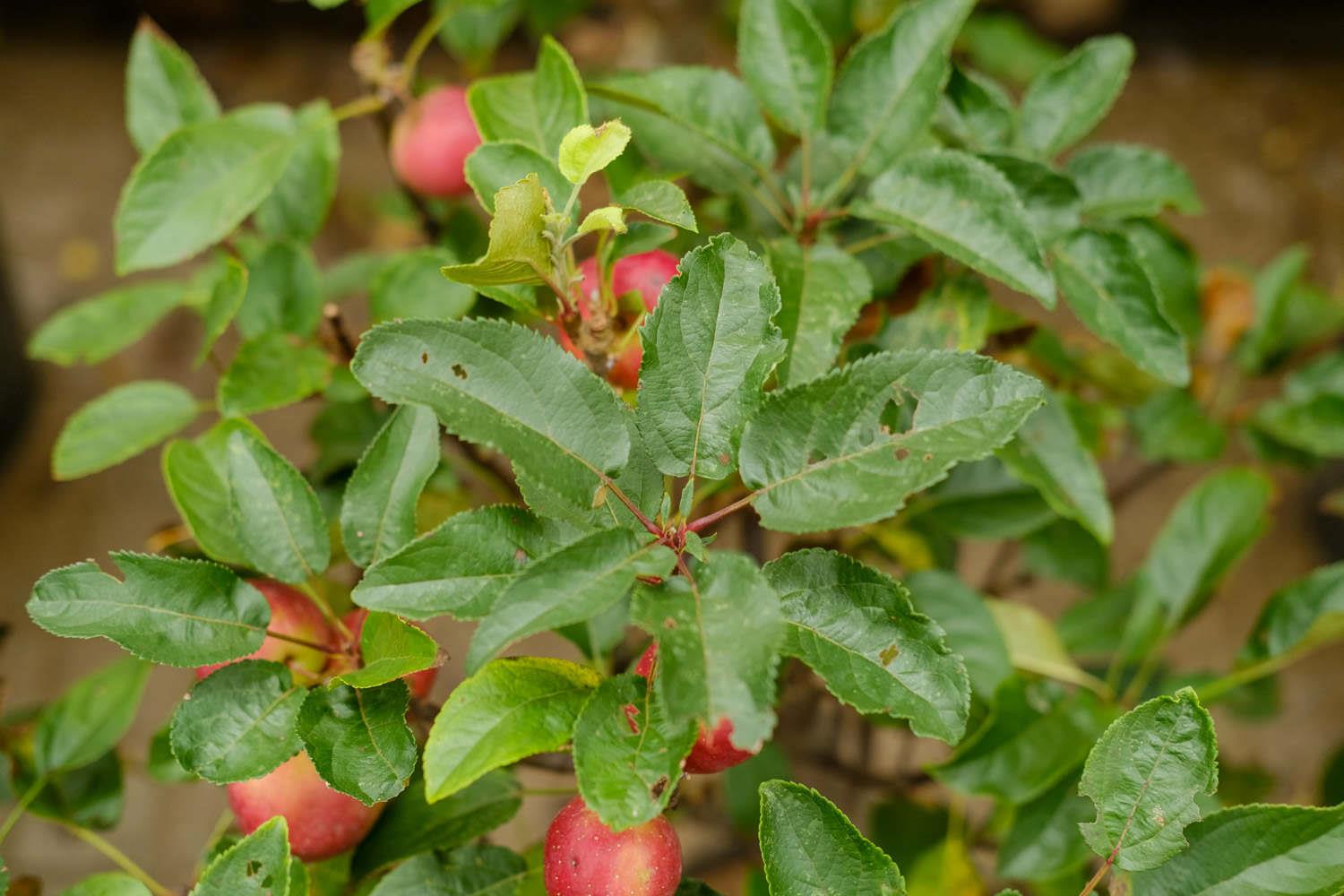
3. Water management: It is afraid of drought. It grows better in soil and requires lots of water during growth. When the weather is hot in summer, the amount of watering can be appropriately increased, but there should not be stagnant water, otherwise the roots will easily rot. Plants grow slowly in winter and require little or no watering.
4. Light management: Bamboo begonia likes sunlight, but cannot accept strong direct sunlight, so it will grow better in places with astigmatism. Excessive direct sunlight will cause the leaves to turn yellow, but too much shade will cause the plant to not bloom. When planting outdoors, you should choose a place with astigmatism and provide shading in summer.
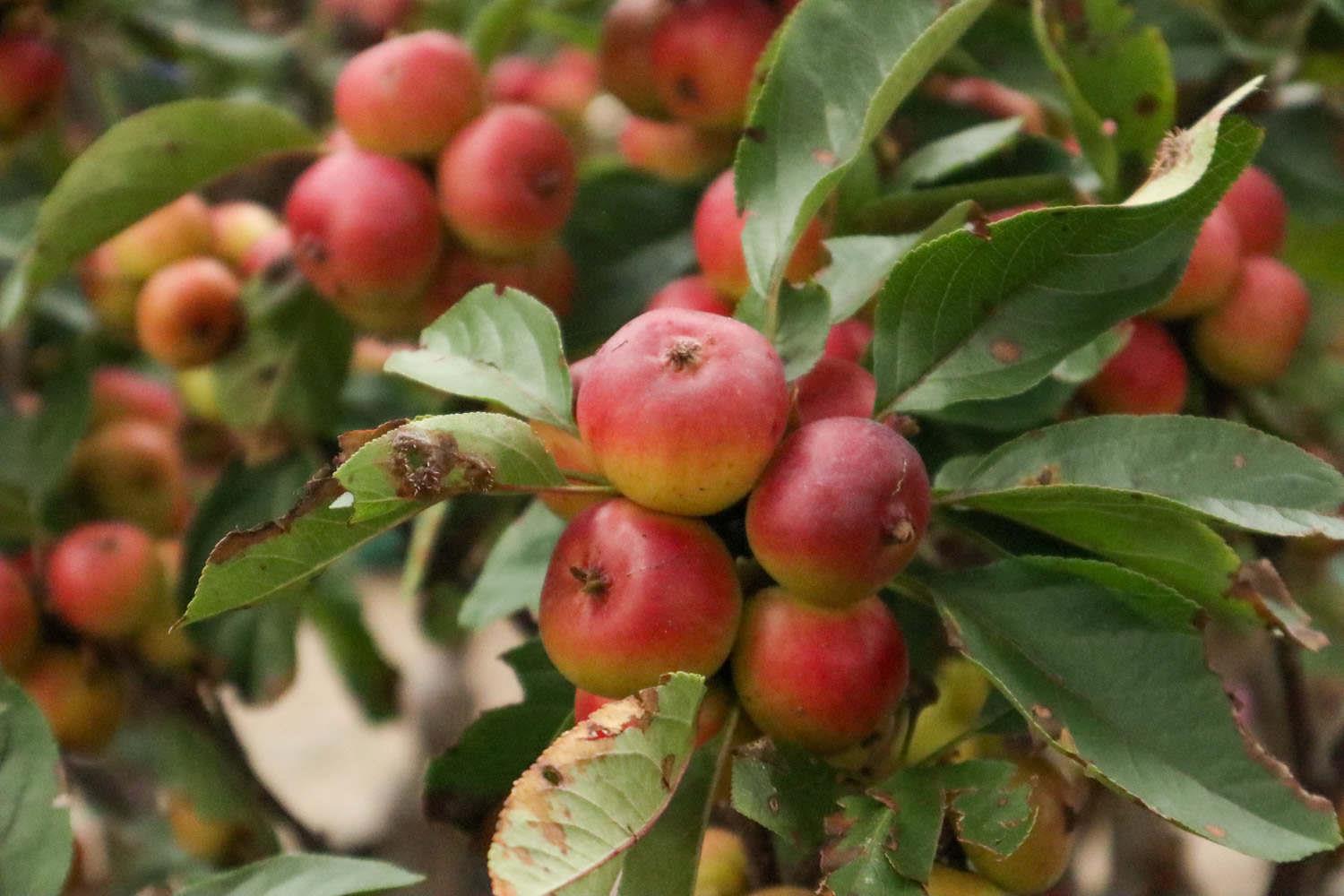
2. Breeding skills
1 , Cuttings: Around June every year, select healthy and strong branches of about 15 cm from the plant. Each branch has at least 2 buds and 3 leaves (large leaves can be cut appropriately), and place them in a cool place. Leave for three to four days before planting.
2. Division: It can be done in spring. Start cutting from the rhizome of the mother plant and divide it into several pieces before planting.
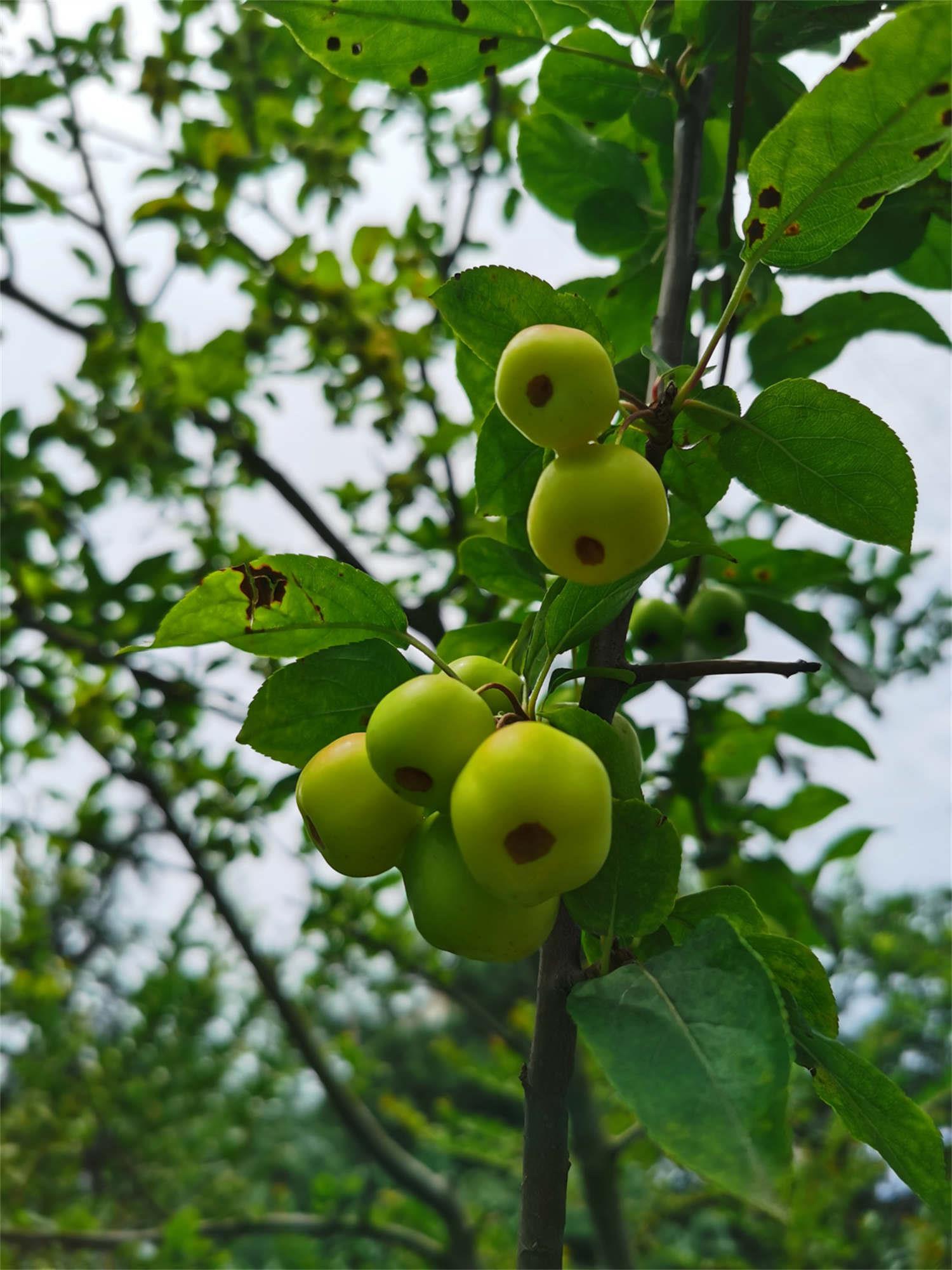
3. Problem diagnosis and treatment
1 2. No flowering: Fertilizing at a high concentration or too often, or with too little light, can easily cause the plant to grow only slender branches without blooming. Fertilize appropriately, remove surrounding obstacles or prune branches to increase light.
2. Leaf loss: Avoid low ambient temperature and strengthen insulation measures in winter. When the light is too strong, you need to shade it; when the light is too little, you need to prune excess branches to increase the light transmittance.
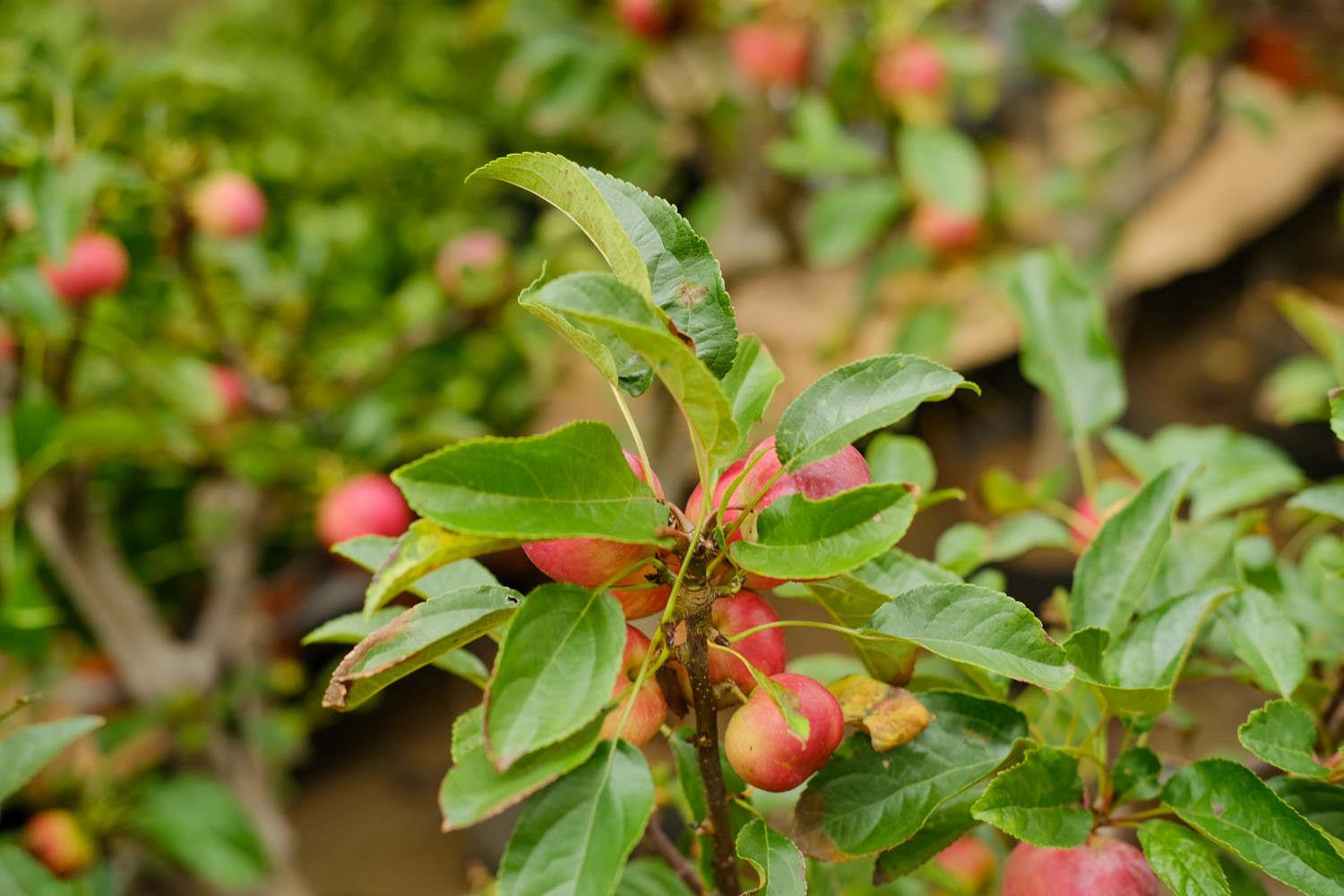
IV. Other issues
1 . Flowering period: Most of the flowers of bamboo begonia are light red or white. They bloom every summer, and the flowering period can be extended to autumn.
2. Can it be raised in the open? It can be raised in the open. The bamboo crabapple has strong vitality. The branches that turn yellow in winter can sprout new buds in the second spring. Suitable outdoor sunlight also helps its growth.
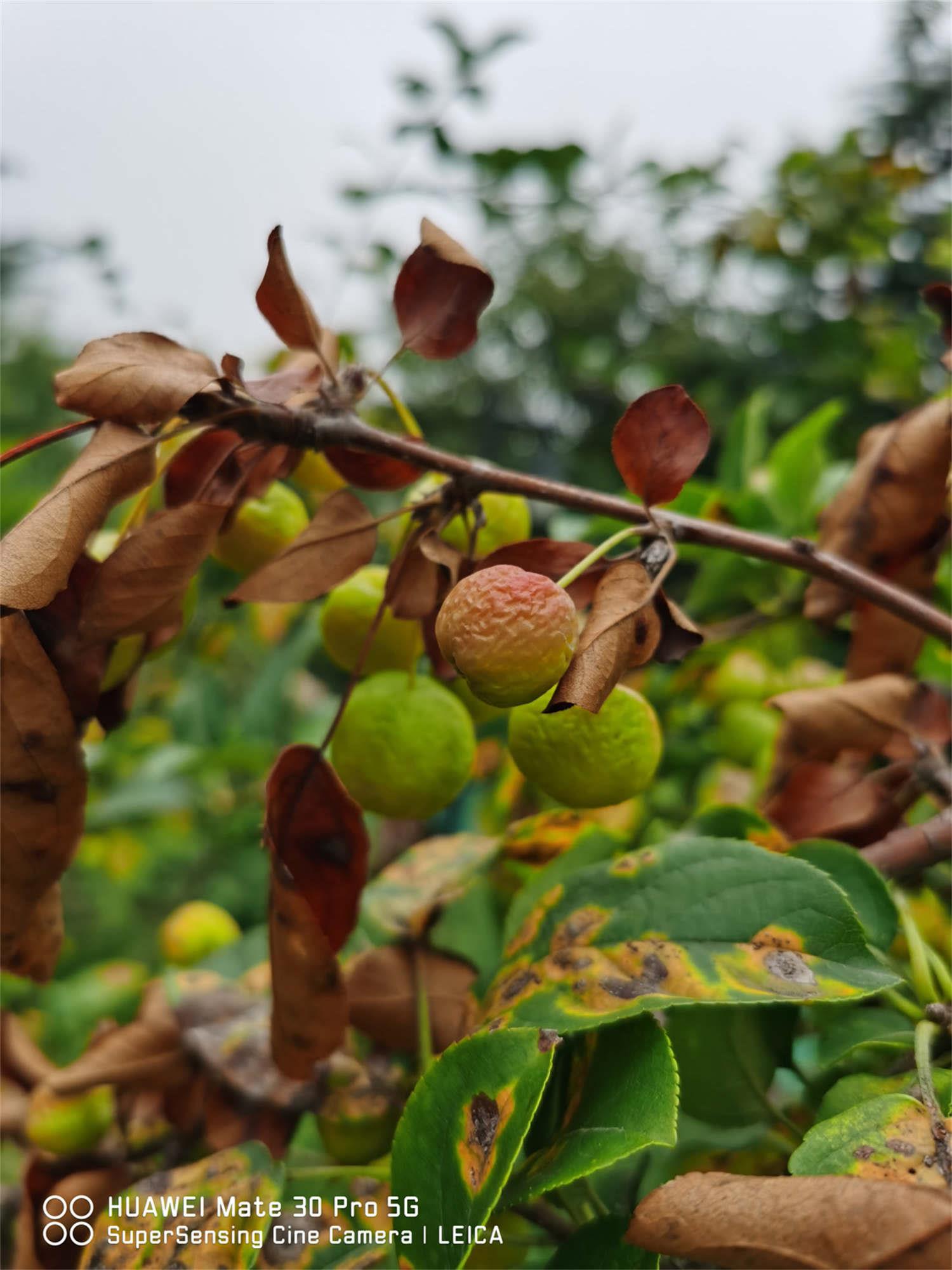
2. Breeding skills
3. Problem diagnosis and treatment
4. Other issues
- END -
How many years can an upside-down golden bell last?

The fuchsia is a highly ornamental plant. The specific number of years it can be m...
Do you need to water the crabapple more when it blooms? What should I do if it dries out after not b

You don’t need to water too much when the crabapple is blooming. Just water it no...